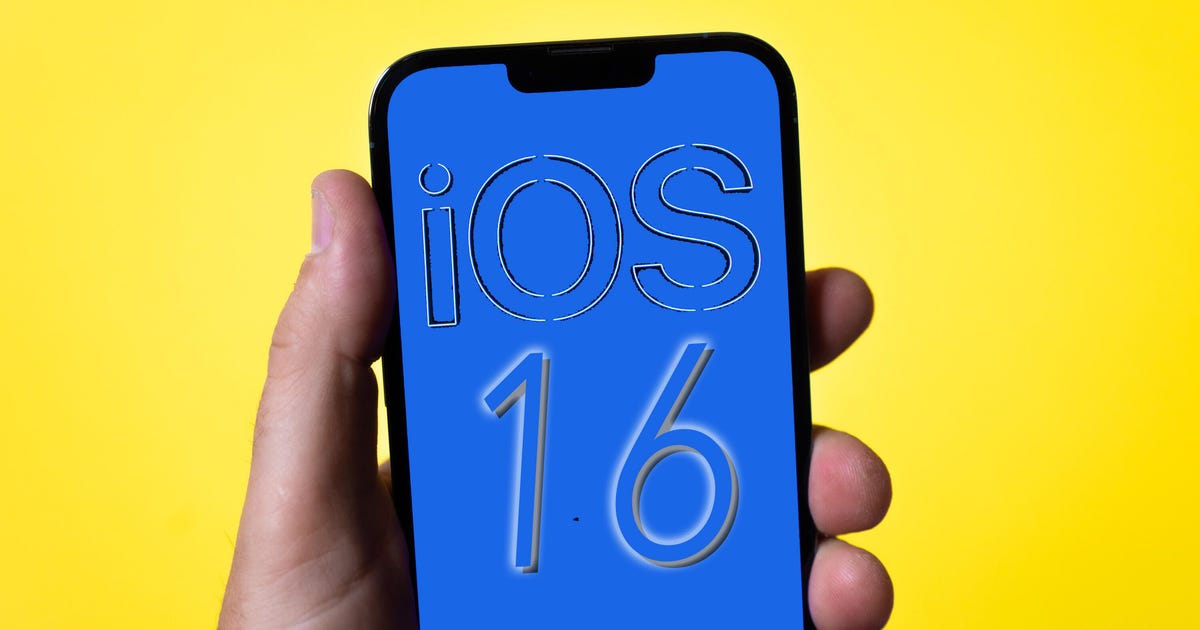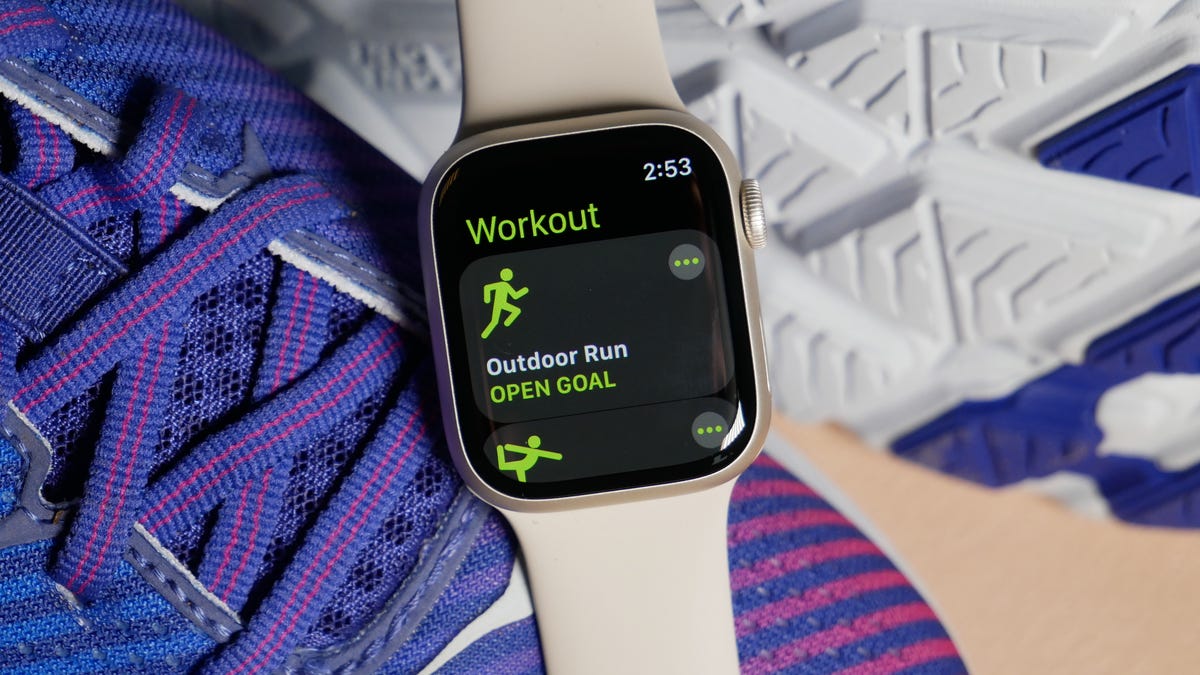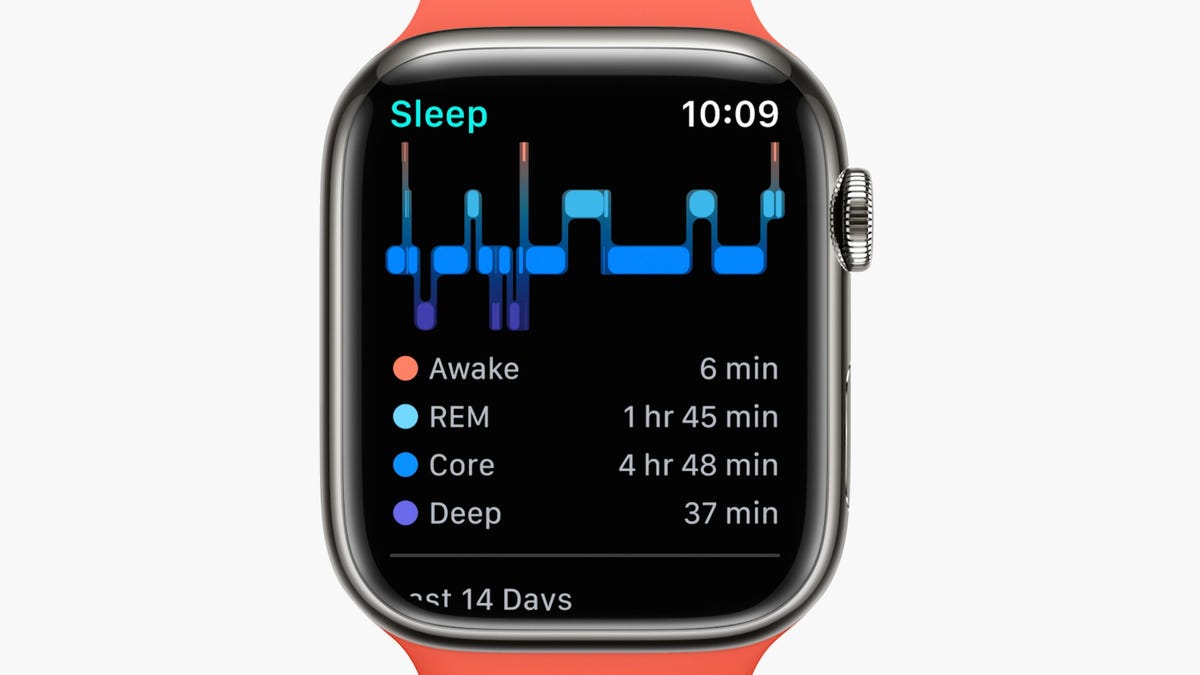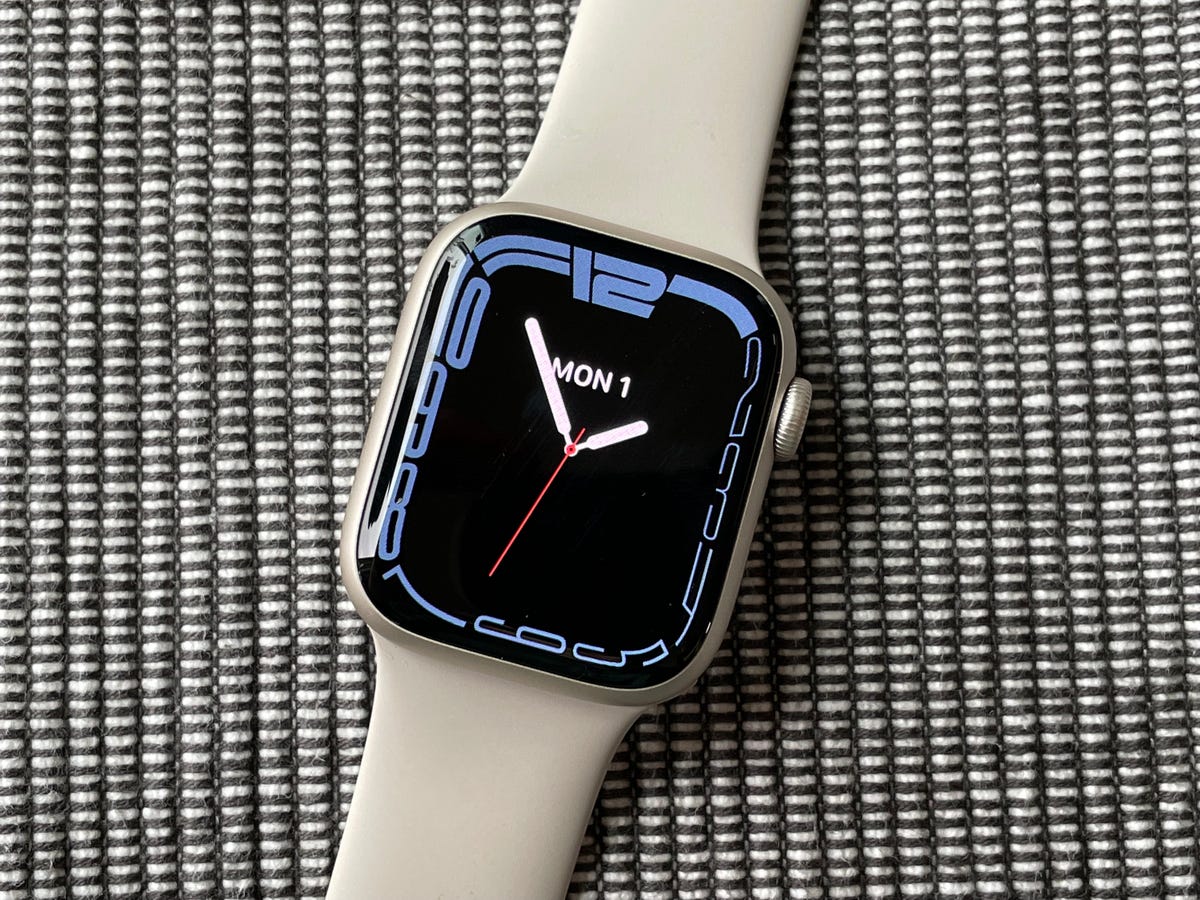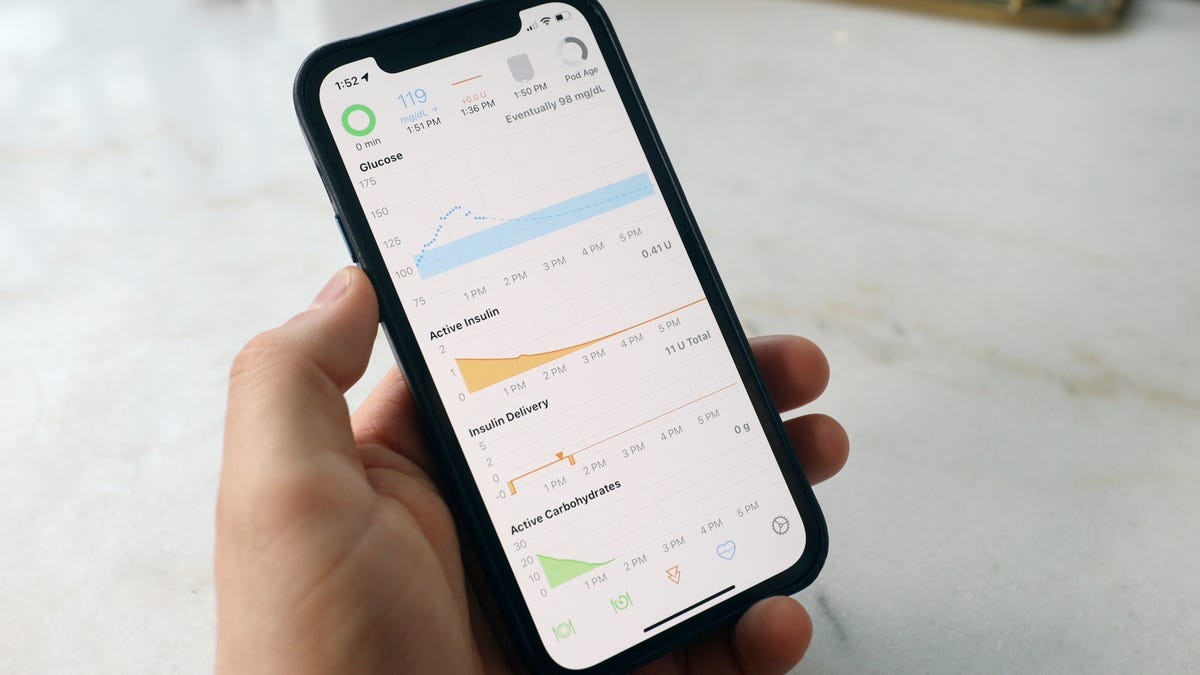
Snapchat Spectacles, glasses with a camera, coming this fall

The camera built into Snapchat's "Spectacles" lets you shoot video that shows the world from your point of view.
Spectacles.comLike to view the world through Snapchat-colored glasses? You'll soon be able to do that for real.
The millennial-friendly messaging service plus social network plus video hub is set to release "Spectacles," its own smart glasses. The specs shoot first-person video clips, or Snaps, that you can transfer directly to the Snapchat app.
The company, which has also renamed itself Snap Inc. to reflect its expansion into consumer hardware, touted the new product Saturday by way of a fashion-friendly website called, appropriately enough, Spectacles.com. It also posted a statement on the new site Snap.com.
"We've created one of the smallest wireless video cameras in the world," the post says, "capable of taking a day's worth of Snaps on a single charge, and we integrated it seamlessly into a fun pair of sunglasses."
Both sites say the specs will arrive "soon." In an article published late Friday by The Wall Street Journal, Snap Inc. CEO Evan Spiegel said the glasses would be available in the fall.
The move is the latest in the continuous effort by tech companies to see into the future and stake out new territory as they jostle for customers and try to keep each other at bay.
Social-media juggernaut Facebook failed to acquire Snapchat three years ago and has watched as the upstart and its video Snaps (until now shot only with smartphones) have seized the imagination of the younger crowd. That's one of the reasons -- along with live-streaming products like Twitter's Periscope -- behind Facebook's strong move into video with its Facebook Live feature. Among other things, the Spectacles product adds another element to the video equation.
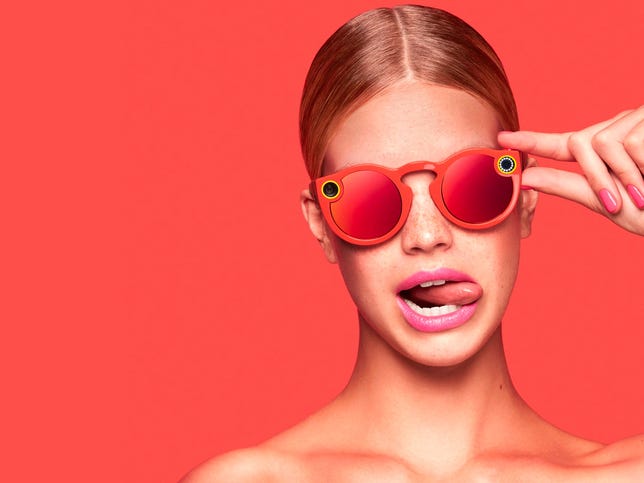
Snapchat's $130 camera-toting glasses will come in three colors: coral, teal and black.
Spectacles.comThe specs can record up to 10 seconds of video from the wearer's perspective. Each tap of a button mounted on the frames records another clip, while a ring of tiny lights lets people know you're recording. The camera-glasses use a 115-degree-angle lens that resembles the human eye's natural field of view, the Journal said.
"Spectacles connect directly to Snapchat via Bluetooth or Wi-Fi and transfer your Memories directly into the app in our brand new circular video format [which] plays full screen on any device, in any orientation," Snap Inc. said on its site.
The glasses, which can be recharged in their case, will come in one size and be available on a limited basis. They'll come in three colors -- black, teal and coral -- and, according to the Journal, will cost $129.99 (roughly £100, AU$170).
"We're going to take a slow approach to rolling them out," Spiegel told the paper. "It's about us figuring out if it fits into people's lives and seeing how they like it."
A video ad on the Spectacles site shows a posse of happy millennials enjoying an endless summer to a Beach Boys-y soundtrack -- all while storing up the good vibes via clips shot with the specs.
"Imagine one of your favorite memories," the Snap.com post reads. "What if you could go back and see that memory the way you experienced it?"
The unveiling of the product confirms speculation that followed the leak of a different ad for the glasses, obtained by Business Insider on Friday from a YouTube tipster. It also follows plenty of scuttlebutt about the project.
In 2014, Snapchat bought Vergence Labs, a startup that makes Google Glass-like eyewear that records video of what the wearer sees. In 2015, Snapchat began building Snapchat Research, a team composed of scientists and software engineers specializing in computer vision and machine learning.
In March, CNET's Sean Hollister reported that Snapchat was recruiting hardware experts for a stealthy new project. The social-media firm has never produced physical gear, unless you count merchandise like beach towels and backpacks. It does, however, already count nearly a dozen wearable-technology vets among its ranks.
In addition, Spiegel had been spotted in public wearing prototypes specs.
On any given day, Snapchat reaches 41 percent of all 18- to 34-year-olds in the United States, according to the company.
That's a lot of young consumers that could sport new specs.
First published, September 23, 5:45 p.m. PT.
Update, 8:15 p.m.: Adds information on Snapchat CEO Evan Spiegel's confirmation of Spectacles.
Update, September 24, 9:22 a.m., 12:38 p.m.: Recasts top of story, with material from Snap.com and Spectacles.com websites.
Source
Tags:
- Snapchat Spectacles Glasses With A Camera Coming This Fall
- Snapchat Spectacles Glasses With A Camera Coming This Friday
- Snapchat Spectacles Glasses With A Camera Coming This Weekend
- Snapchat Spectacles Glasses With A Camera Coming This July
- Snapchat Spectacles Glasses With A Camera Coming This June
- Snapchat Spectacles Glasses With A Camera Coming To Netflix
- Snapchat Spectacles Glasses With A Camera Coming Down The Pike
- Snapchat Spectacles Glasses With A Camera Coming In Hot
- Snapchat Spectacles Glasses With A Camera Coming 2
- Snapchat Spectacles Glasses With Camera
- Snapchat Spectacles Nyc
- Snapchat Spectacles Review




